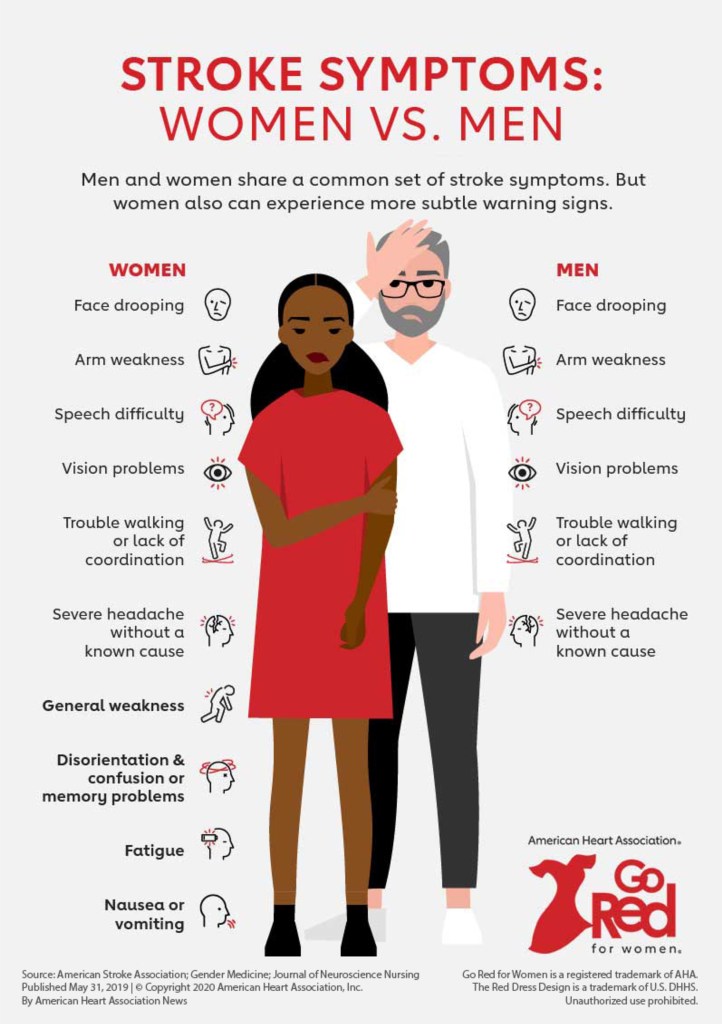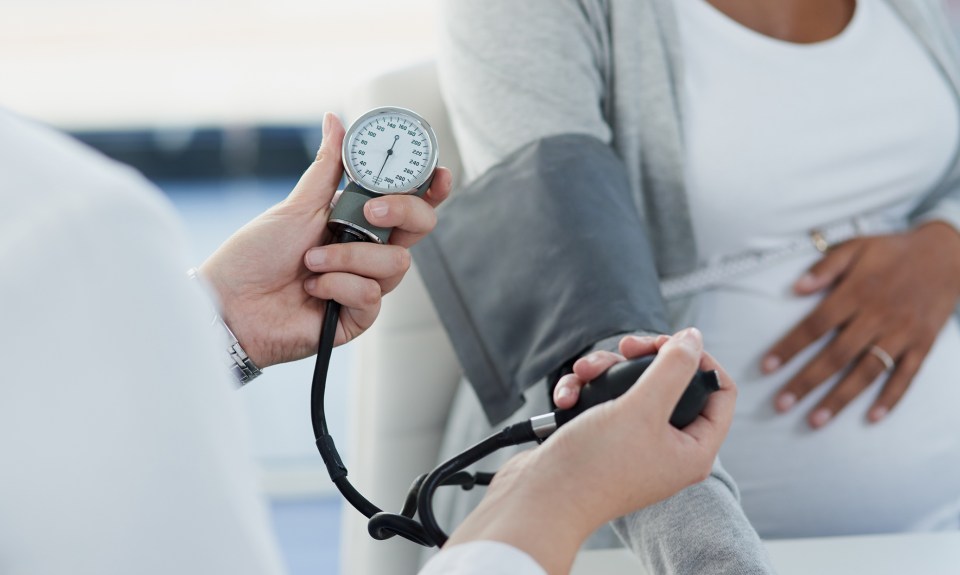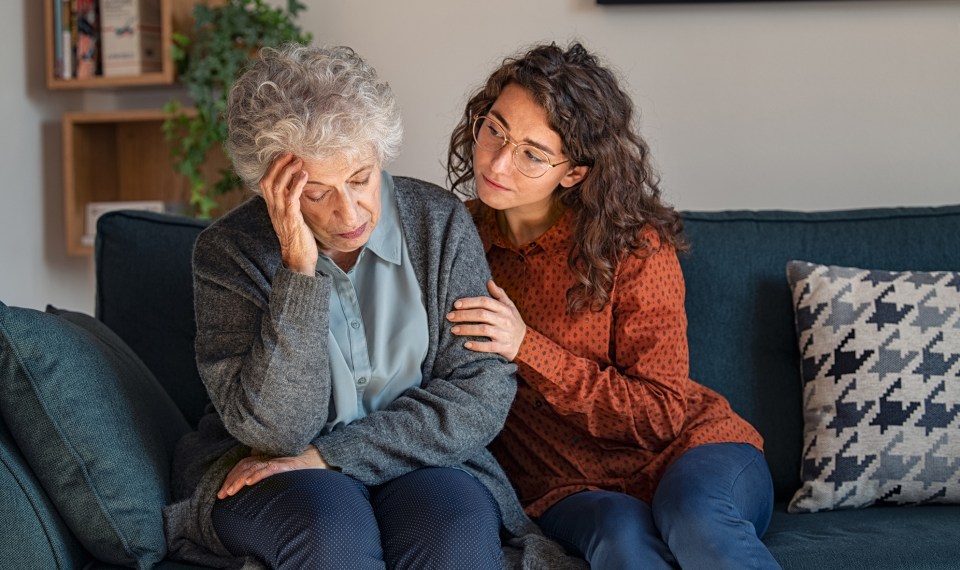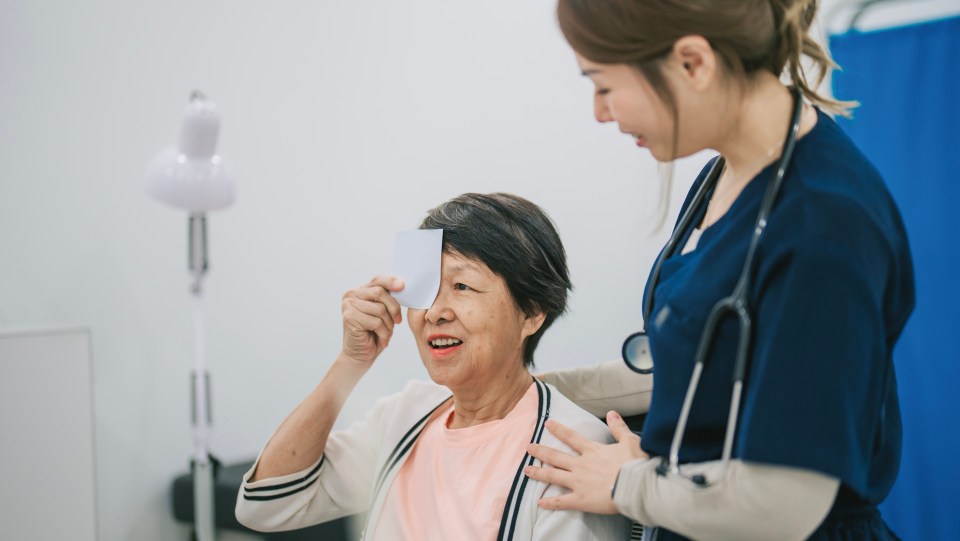Updated April 10, 2023
Every year, more than 795,000 people in the United States have a stroke—that’s one every 40 seconds, according to the CDC. One in five women has a stroke during her lifetime, with 55,000 more women having strokes than men each year, according to the American Heart Association.
Many causes of stroke are preventable and treatable. Recognizing the signs of stroke in women can help lead to quicker treatment, which increases a your odds of recovery.
Rate of Stroke in Women
One of the unpreventable risk factors for stroke is age. Women generally have a longer life expectancy, and this increases their chance of having a stroke, said Dr. Syed Kazmi, stroke program director at Encompass Health Rehabilitation Hospital of Round Rock.
“The incidence of stroke is slightly higher in males, but the lifelong risk of having a stroke is higher in females,” Kazmi said. “The general life expectancy of females is higher. After age 75, the incidence of stroke becomes much higher in males and females both, but there are more females living in that age group.”
Risk Factors for Stroke
Many risk factors of stroke are similar regardless of sex, but can be controlled. These include high blood pressure, high cholesterol, diabetes, obesity, excessive alcohol consumption and smoking.
Factors that can increase a female’s risk of suffering a stroke include hormonal contraceptive use, as well as pregnancy.
“Whenever females—or males—are using additional hormones, that becomes a risk factor,” Kazmi said.
While stroke during pregnancy isn’t common, they can happen due to raised blood pressure and preeclampsia (high blood pressure with signs of damage to another organ system), as well as gestational diabetes. Additionally, the risk of blood clots increases during pregnancy.
According to a statement published by the AHA, these pregnancy complications, as well as preterm delivery, small-for-gestational-age delivery, pregnancy loss and placental abruption can increase a woman’s risk for cardiovascular disease later in life.
Signs of Stroke in Women
Stroke symptoms in women are similar to those of men. Remembering the acronym FAST can help identify the major signs of a stroke, so you can get urgent treatment—a difference maker in stroke recovery.
F: Facial drooping
A: Arm weakness
S: Speech becomes altered or slurred
T: Time to call 911
A common variation of the acronym is BE FAST, including balance—loss of balance—and eyes—is there a sudden change in vision?
Additional, more subtle warning signs of stroke in a woman include general weakness, disorientation and confusion or memory problems, fatigue and nausea or vomiting.

If you recognize any of these signs in yourself or those around you, make sure to call 911 immediately. Stroke is a medical emergency, and early medical attention not only maximizes the potential treatment options, but also improves a survivor’s recovery.
“Each and every stroke is different, but there are some generalizations we can make,” Kazmi said. “As soon as you recognize these symptoms, you need to call 911 immediately. If the brain sustains significant damage, it is impossible to completely revert it. However, if interventions are provided early, you may be able to prevent major damage to the brain.”
Rehabilitation after a Stroke
If you or a loved one have had a stroke, inpatient rehabilitation can help maximize your recovery.
According to the adult stroke rehabilitation guidelines released by the American Heart Association, whenever possible, stroke patients should be treated at an inpatient rehabilitation facility.
The findings state, “While at an inpatient rehabilitation facility, a patient participates in at least three hours of rehabilitation a day from physical therapists, occupational therapists, and speech therapists. Nurses are continuously available and doctors typically visit daily. An in-patient rehabilitation facility may be a free-standing facility or a separate unit of a hospital.”
To learn more about how inpatient rehabilitation helps find an Encompass hospital near you.
Download Our Free Life after Stroke Guide
Encompass Health is a national sponsor of the American Heart Association/American Stroke Association's Together to End Stroke. For more information on stroke prevention download our Life After Stroke guide for patients and caregivers.
Download NowThe content of this site is for informational purposes only and should not be taken as professional medical advice. Always seek the advice of your physician or other qualified healthcare provider with any questions you may have regarding any medical conditions or treatments.



